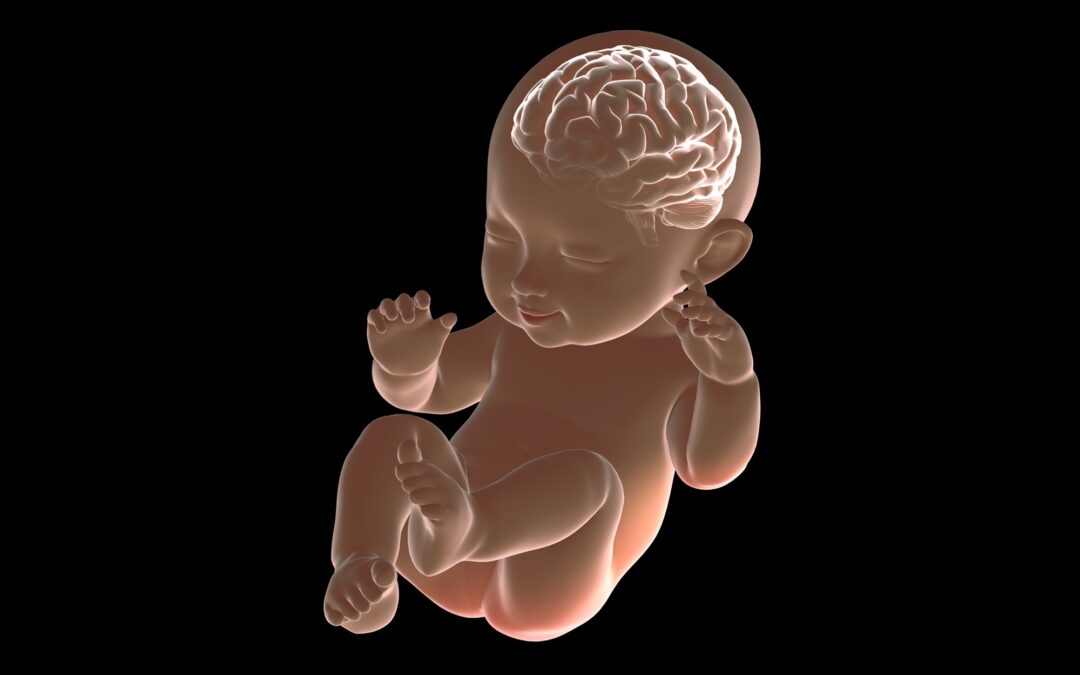When parents learn their newborn has hypoxic-ischemic encephalopathy (HIE), one of the most pressing questions is when the brain injury happened. The answer often lies in the powerful combination of two key pieces of evidence: the fetal heart monitor strips and the brain MRI. Together, they can tell a compelling story about the baby’s oxygen levels during labor and delivery. Understanding when fetal monitor and MRI reveal when HIE brain injury may have happened is crucial for providing answers.
Connecting The Dots With The Fetal Monitor And MRI
The electronic fetal monitor provides a real-time, minute-by-minute log of the baby’s heart rate throughout labor. Patterns like repeated late decelerations or a prolonged, deep drop in the heart rate are not just lines on a page; they are direct signals that the baby was not getting enough oxygen. This is the first chapter of the story. The next chapter is written by the MRI, performed days after birth. This scan reveals the physical pattern of the brain injury, showing doctors which specific areas were damaged.
How An MRI Reveals The Pattern Of Injury
The injury pattern on the MRI is a crucial clue. An “acute profound” injury, which affects the deep gray matter, points to a sudden, catastrophic event like a uterine rupture or severe placental abruption. A “partial prolonged” injury, seen in the brain’s outer watershed areas, suggests a slower, chronic oxygen deficit, often from a long and difficult labor. Sometimes, the MRI shows a mixed pattern, indicating the baby was under stress for a while before a final, devastating event pushed them into injury.
When Fetal Monitor And MRI Reveal When HIE Brain Injury May Have Happened
By cross-referencing the fetal monitor strips with the MRI, medical experts can build a strong case for when the injury occurred. For instance, if the strips show hours of distress and the MRI reveals a partial prolonged pattern, it points to an injury during labor. This powerful correlation is the key. The moment when fetal monitor and MRI reveal when HIE brain injury may have happened provides families with evidence-based answers, moving beyond assumptions to establish a clear timeline of events. This is why a meticulous review of all records is essential for the truth.
To learn more about your baby’s HIE and subsequent cerebral palsy injury, please do not hesitate to contact me at my contact information below. Remember, it does not cost any money to talk with me initially about your baby’s story.
Marcus B. Boston, Esq.
9701 Apollo Dr. Suite 100
Largo, Maryland 20774
301-850-4832
1-833-4 BABY HELP


